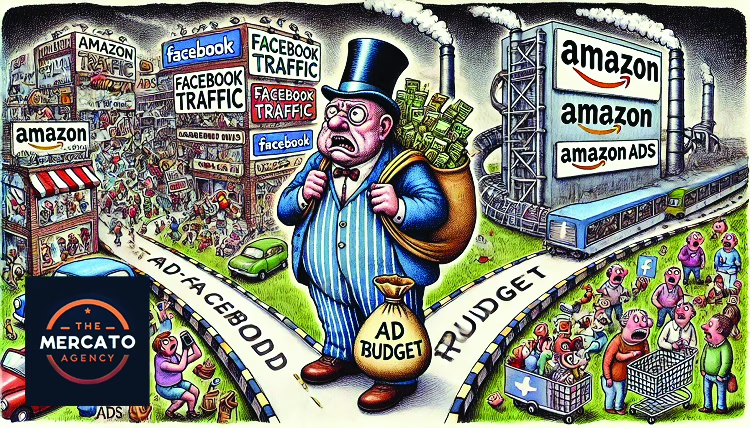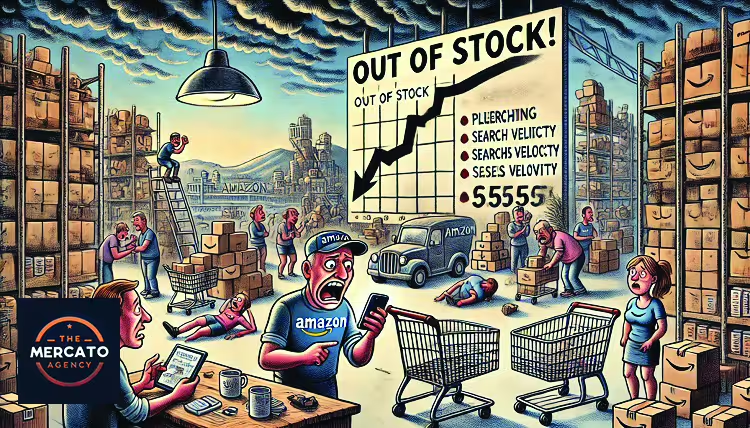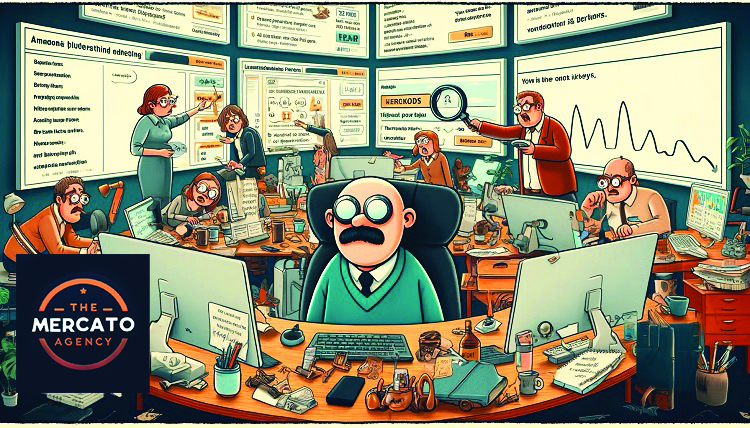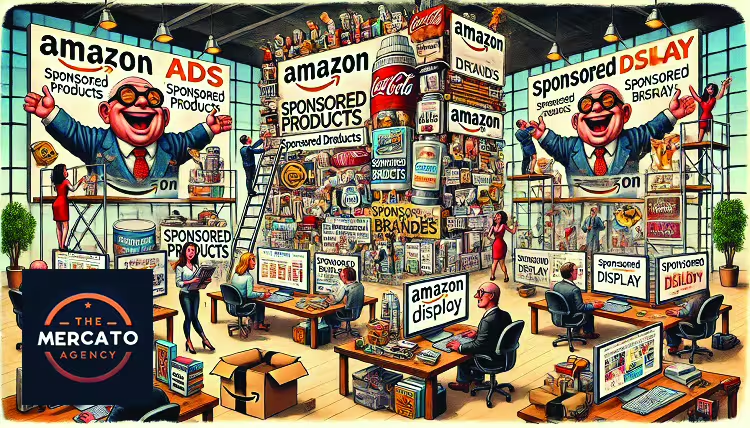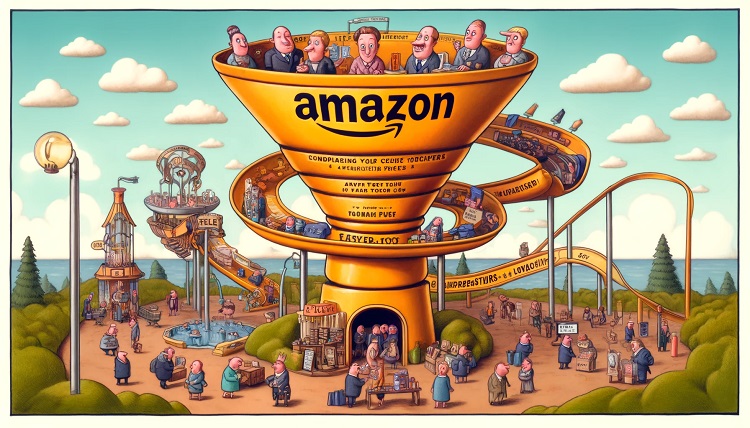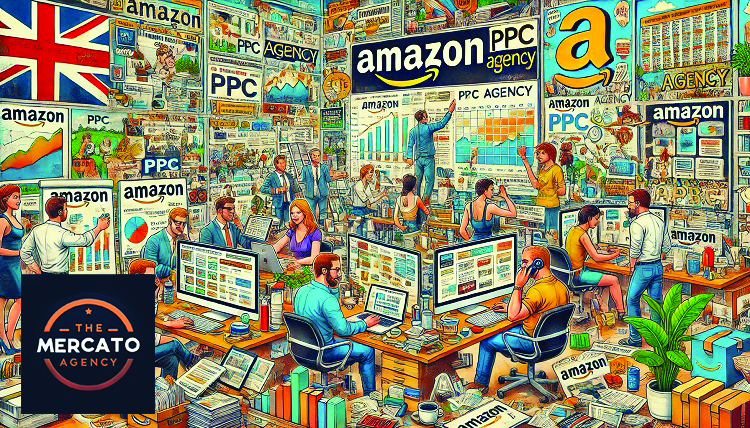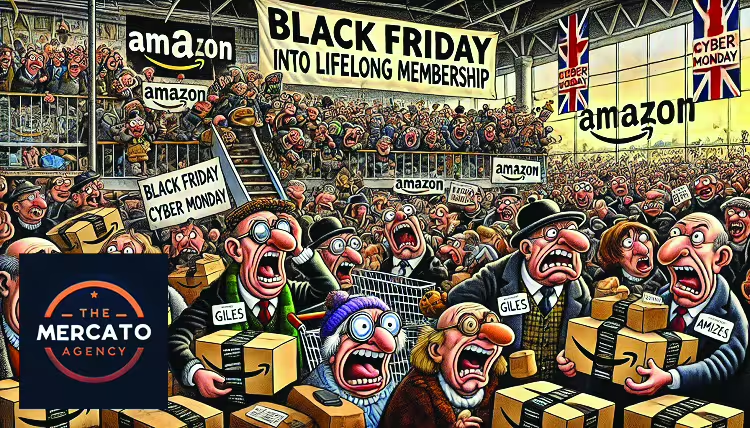DTC Owners: Why You Should Consider All Costs When Comparing Amazon Fees to Your Own Ecommerce Expenses
For many direct-to-consumer (DTC) brands, the decision to sell on Amazon versus focusing on their own Shopify or WooCommerce website is often framed as a question of profitability. At first glance, Amazon’s referral fees (usually 15%) and Fulfilled by Amazon (FBA) costs may seem expensive. However, many DTC founders overlook the hidden costs of driving traffic to their own website, including advertising spend, conversion rates, and operational costs.
To make an informed decision, you need to compare total customer acquisition costs (CAC), fulfillment expenses, and lifetime value (LTV) when evaluating Amazon vs. your own ecommerce site. Let’s break it down.
1. Customer Acquisition Costs: Amazon vs. Your Website
Amazon’s Commission vs. Paid Traffic Costs
One of the biggest arguments DTC brands make against Amazon is the 15% referral fee on each sale. However, consider how much you’re spending on Facebook, Instagram, Google, or TikTok ads just to drive traffic to your own website.
For example:
- If your average Facebook ad cost per click (CPC) is $1.50 and your Shopify conversion rate is 2.5%, you’re effectively spending $60 in ad costs just to acquire one customer.
- On Amazon, while you may pay a 15% referral fee, you’re benefiting from Amazon’s built-in customer base and search traffic. This means you don’t have to spend as much to drive awareness.
Many brands think Amazon’s referral fees are high, but they fail to compare them to their actual advertising costs per conversion on their own ecommerce store.
2. Conversion Rate: Shopify vs. Amazon
Another key metric to consider is your conversion rate—the percentage of visitors who make a purchase.
- Shopify stores have an average conversion rate of 1.5%–3% (often lower for newer brands).
- Amazon has an average conversion rate of 10%–15% because shoppers come with high intent to buy.
This means that if you send 1,000 visitors to your Shopify site, you may only get 15–30 purchases. In contrast, on Amazon, the same traffic could result in 100+ sales.
Amazon’s built-in customer trust and Prime benefits lead to higher conversion rates, which can offset the referral fees.
3. Fulfillment Costs: In-House vs. FBA
If you’re fulfilling orders yourself, don’t forget to calculate:
- Warehousing and storage fees
- Pick & pack labor costs
- Shipping fees (which have increased dramatically)
- Returns processing costs
Amazon’s FBA fees may seem high, but they cover storage, picking, packing, shipping, and customer service. Plus, Prime eligibility increases your conversion rate.
4. Capturing Customer Data: The Biggest Benefit of Selling DTC
One of the main benefits of selling on your own website is capturing customer data and email addresses, which allows you to:
- Build long-term customer relationships
- Retarget with email and SMS marketing
- Increase lifetime value (LTV)
Amazon, however, does not share customer data with sellers. You won’t be able to remarket directly to those buyers.
But Here’s the Tradeoff
While Amazon doesn’t give you customer data, it does offer: ✅ High-intent traffic (millions of customers already searching for your product) ✅ Lower cost per acquisition than Facebook or Google Ads ✅ Prime trust factor that boosts conversions
Many brands use a hybrid approach—selling on Amazon for acquisition and encouraging repeat customers to buy directly from their website for better margins and data collection.
Key takeaway: If you rely on repeat purchases, customer data is valuable. However, if acquisition costs are too high, Amazon’s traffic may be the better choice for initial customer discovery.
Which Model is Right for You?
When deciding between selling on Amazon or your own website, don’t just compare Amazon’s fees to your gross margins—instead, compare total costs, including advertising, fulfillment, and conversion rates.
Factor Selling on Your Own Website
Customer Acquisition High (paid ads required)
Conversion Rate ~2.5%
Fulfillment Costs Shipping, storage, labor
Customer Data You own emails
Brand Control Full Control
Selling on Amazon
Customer Acquisition Lower (Amazon’s built-in traffic)
Conversion Rate ~10–15%
Fulfillment Costs FBA includes fulfillment
Customer Data Amazon owns customer data
Brand Control Some limitations
The Best Strategy? Use Both.
- Use Amazon to acquire new customers at a lower cost.
- Use your website for brand loyalty, subscriptions, and higher-margin repeat purchases.
By considering all costs—not just Amazon’s referral fees—you’ll make a data-driven decision that maximizes profitability for your brand. 🚀
If you find this article useful please share the post!
Struggling with Strategy? Reach out to us on linkedin!
Useful Articles:
Use the free audit below to start your journey with us.
